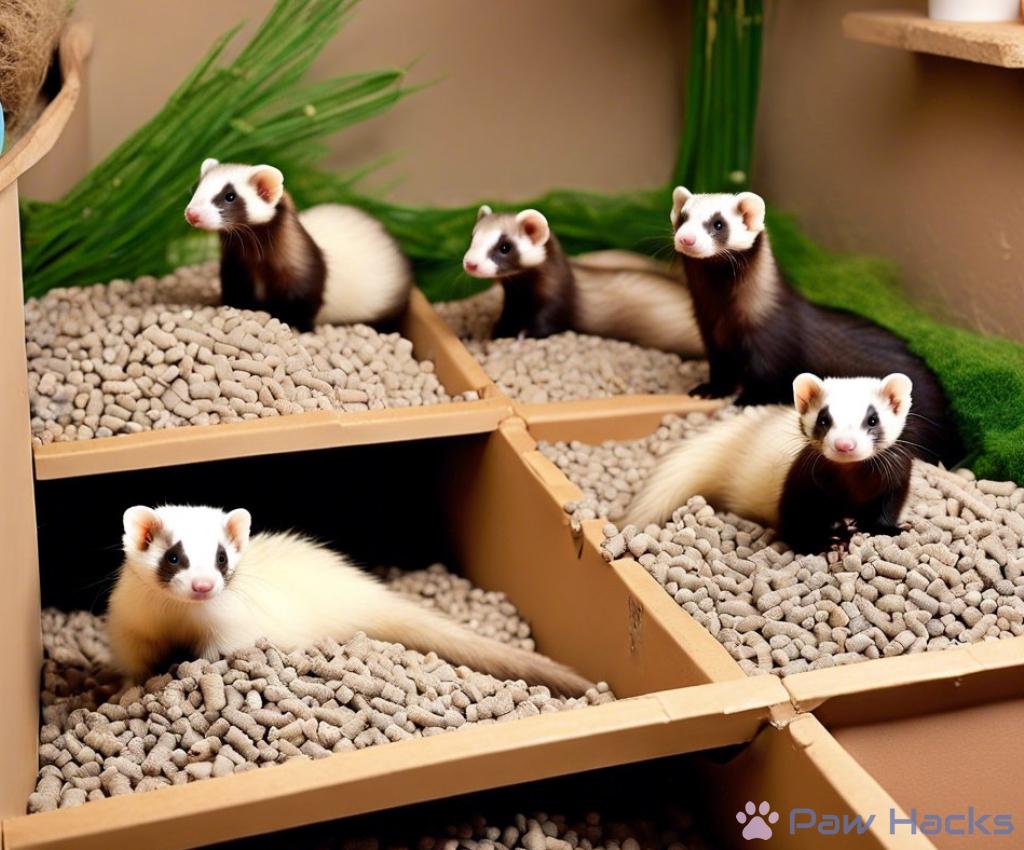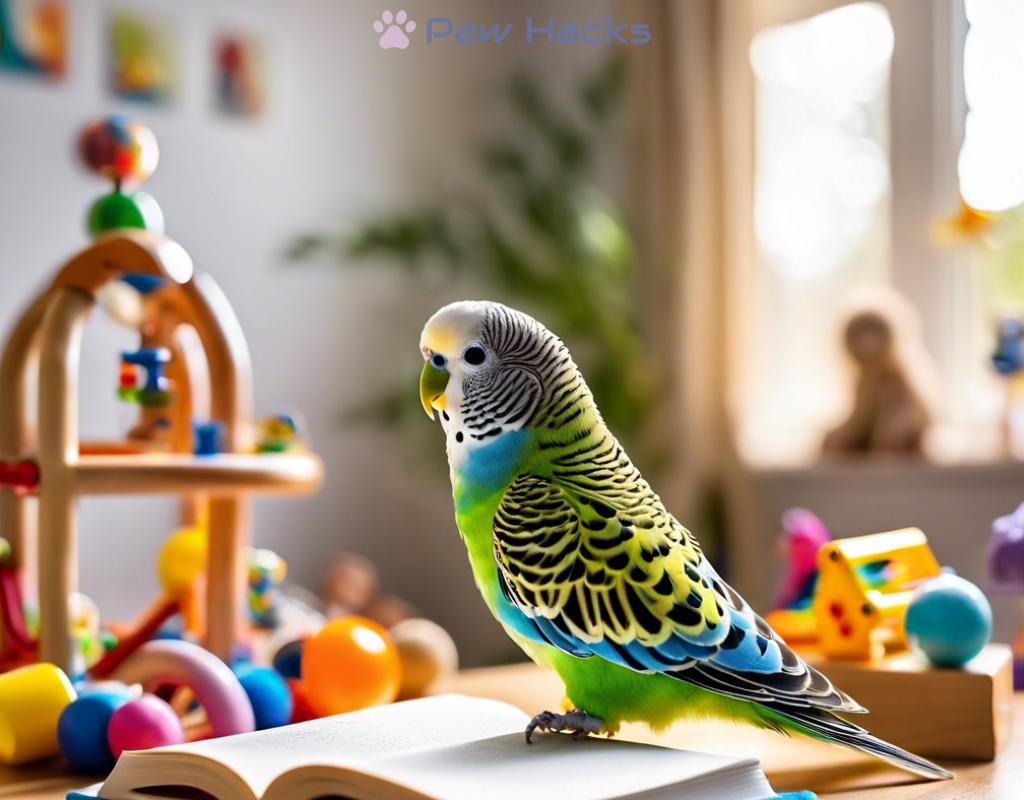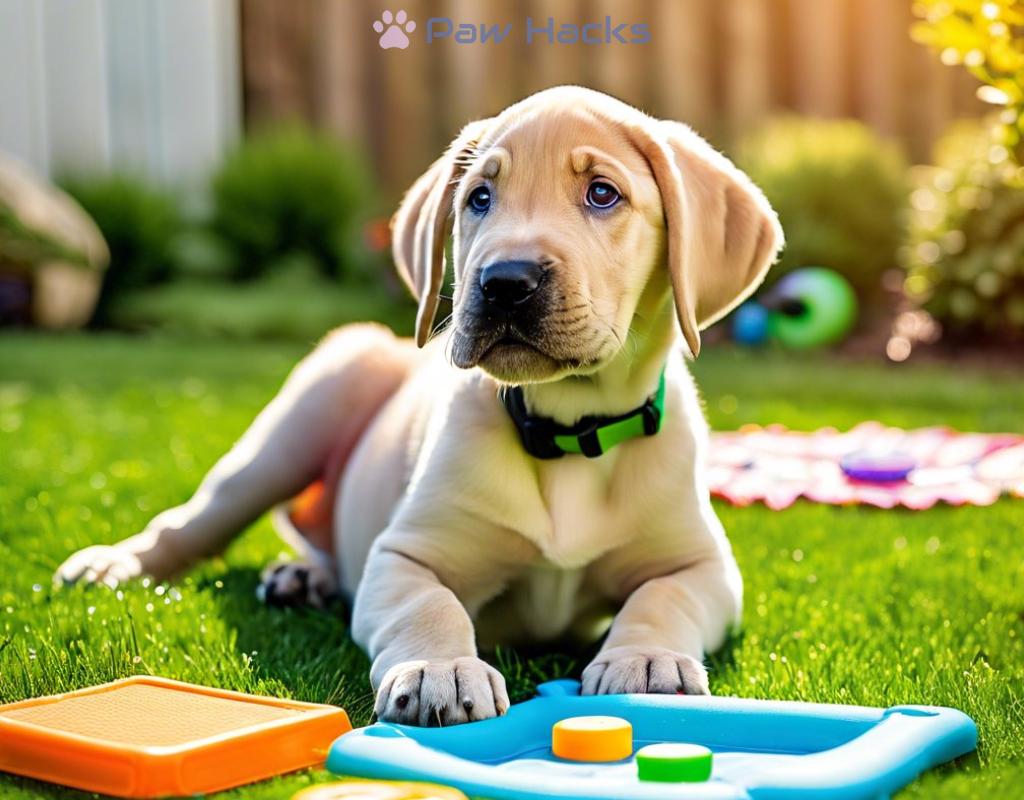Litter Training for Ferrets
Choosing the Right Litter for Your Ferret

When it comes to litter training ferrets, the first step is understanding their unique needs. Ferrets have sensitive noses and may be particular about their surroundings. Choosing the right litter is crucial for their comfort and well-being. A suitable litter can make the process easier and more effective, ensuring a positive experience for both you and your furry friend.
There are several types of litter available for ferrets, each with its own pros and cons. It’s important to consider factors like absorbency, odor control, and safety. Below is a list of common litter types that ferret owners often consider:
- Paper-based litter: Made from recycled paper, this option is highly absorbent, dust-free, and biodegradable, making it safe for ferrets.
- Wood shavings: Softwood shavings can offer good absorbency but may contain oils that can irritate your ferret’s respiratory system.
- Corn-based litter: This biodegradable option is great for odor control, but some ferrets may be allergic to corn products.
- Clay litter: While clay litter is commonly used for cats, it may not be the best option for ferrets due to dust and potential ingestion issues.
When selecting the right litter for your ferret, consider their behavior and preferences. Some ferrets may prefer a softer texture, while others might like a certain scent or material. It’s advisable to try different types of litter to see which one resonates best with your pet. Additionally, always ensure the litter is free from harmful chemicals and additives. A good rule of thumb is to avoid anything that produces dust or has strong fragrances, as these can irritate your ferret’s respiratory system.
Step-by-Step Guide to Litter Training Your Ferret
Litter training your ferret is an essential aspect of pet ownership that promotes cleanliness and comfort for both you and your pet. With the right approach, patience, and understanding of your ferret’s behavior, you can successfully teach them to use a designated area for their needs. This process not only helps maintain a tidy living space but also enhances your bond with your furry companion.
Establishing a Routine is the first step in the litter training journey. Ferrets thrive on consistency, so it’s crucial to stick to a regular schedule for feeding and playtime. After meals, ferrets often feel the urge to relieve themselves. Pay close attention to your pet’s behavior during these times. When you observe signs that they need to go, gently place them in their litter box. This will help them associate the box with the act of relieving themselves.
Next, it’s important to Choose the Right Location for the litter box. Ferrets are naturally curious and prefer areas that are easily accessible and familiar. Place the litter box in a quiet corner of their habitat, away from their food and water bowls to avoid any confusion. The location should be somewhere your ferret frequently visits. If your ferret shows interest in a particular spot, such as a corner of their cage, consider placing the litter box there.
Another significant aspect of the training process is Positive Reinforcement. When your ferret successfully uses the litter box, offer praise, gentle petting, or a small treat. This encouragement will reinforce the desired behavior and motivate your ferret to continue using the box. Remember that accidents may happen during training; it’s important to remain calm and avoid punishment, as fear can hinder the learning process.
As your ferret becomes more accustomed to the litter box, it’s wise to Monitor Progress. Keep an eye on their habits and adjust your approach if necessary. If your ferret begins to stray away from using the litter box, revisit the training steps and address any concerns. Sometimes, changes in the environment or litter type can disrupt their routine. Being attentive to these details can significantly impact the training outcome.
Finally, remember that every ferret is unique. Patience and Understanding are key throughout this training period. Some ferrets may catch on quickly, while others might take a little longer to adapt. Celebrate the small victories along the way, and ensure that your ferret feels comfortable and secure in their environment. With perseverance and love, you’ll achieve a successful litter training experience.
Common Challenges in Ferret Litter Training and How to Overcome Them
Litter training ferrets can be a rewarding experience, but it’s not without its challenges. One of the most common issues pet owners face is the inconsistent behavior of their ferrets. Ferrets are curious creatures, and their natural instinct might lead them to explore areas outside of their designated litter box. This exploration can result in accidents, leaving owners frustrated and unsure of how to proceed. Recognizing that every ferret has its own personality and preferences is crucial in overcoming this hurdle.
To tackle behavioral inconsistencies, establish a consistent routine. Regular feeding times and play sessions can help your ferret develop a predictable bathroom schedule. Observing your pet’s behavior closely during these times will allow you to anticipate when they need to go, making it easier to guide them to the litter box.
The environment in which your ferret lives plays a significant role in their litter training success. Ferrets may refuse to use the litter box if it is placed in a location that they find uncomfortable or inaccessible. If your ferret shows reluctance to use their box, consider reassessing its placement. A quiet, familiar spot within their habitat is ideal; it should be away from food and water sources to avoid confusion.
Additionally, the type of litter you choose can greatly affect your ferret’s willingness to use the box. If they seem to dislike the texture or scent, don’t hesitate to experiment with different types of litter. Pay attention to their reactions and adjust accordingly, as a comfortable litter box can significantly impact their training progress.
Accidents are an inevitable part of the litter training process, but how you respond can influence your ferret’s progress. Punishing your ferret for mistakes can lead to fear and anxiety, which may hinder their ability to learn. Instead, focus on positive reinforcement when your ferret uses the litter box correctly. Praise, gentle petting, or small treats can motivate them to continue using the box.
It’s essential to maintain a sense of patience and understanding during this process. Some ferrets may grasp litter training quickly, while others may take time to adjust. Celebrating small victories and providing a secure environment can foster a sense of trust, ultimately leading to successful litter training. Remember, your dedication and love will shine through as your ferret learns to navigate their litter box with confidence.
Maintaining a Clean Litter Box: Tips for Ferret Owners
Maintaining a clean litter box is vital not only for your ferret’s comfort but also for their overall health. A dirty litter box can lead to unpleasant odors, attract pests, and even cause health issues for your furry friend. Therefore, keeping the litter box clean should be a priority for every ferret owner. Regular maintenance ensures that your ferret feels safe and secure in their environment, making them more likely to use the box consistently.
One of the best practices for keeping your ferret’s litter box in pristine condition is to establish a daily cleaning routine. Spend a few minutes each day to check the litter box. Remove any solid waste and clumps of soiled litter, and replace them with fresh litter. This simple task will prevent odors from building up and make the box more inviting for your ferret. Additionally, it helps you monitor your ferret’s health, as changes in their waste can indicate potential health concerns.
While daily maintenance is essential, a weekly deep cleaning is equally important. This process involves completely emptying the litter box, washing it with a mild soap (avoid harsh chemicals that could harm your ferret), and letting it dry completely before adding fresh litter. A deep clean removes any lingering odors and bacteria that daily cleaning may miss. This routine not only keeps the litter box fresh but also enhances the overall hygiene of your ferret’s living space.
Furthermore, consider the materials you use for cleaning. Avoid strong fragrances and chemical cleaners, as they can irritate your ferret’s sensitive nose. Instead, opt for natural cleaning solutions that are safe for pets. Keeping the litter box environment as natural and chemical-free as possible will contribute to your ferret’s well-being.
Lastly, regularly assess the quality of the litter you are using. Some litters break down more quickly than others, leading to a messier box. If you notice that your ferret is less willing to use the box, it might be time to experiment with a different type of litter. Make sure to choose a litter that provides good absorbency and odor control while being comfortable for your ferret. This attention to detail can make a substantial difference in your ferret’s litter training success.
Understanding Your Ferret’s Behavior During Litter Training
Understanding your ferret’s behavior is key to successful litter training. Ferrets communicate through body language and actions, indicating their needs and preferences. By observing these signals, you can better guide them towards using the litter box effectively. For instance, when ferrets start sniffing the ground or circling a spot, it often means they are searching for a place to relieve themselves.
Ferrets thrive in environments where they feel safe and comfortable. If your ferret is hesitant to use their litter box, it could be due to the box’s location or the type of litter used. Ensuring the box is in a peaceful, familiar area can encourage your ferret to utilize it more frequently. Additionally, consider your ferret’s personal preferences; some may prefer a specific texture or scent in their litter.
Every ferret is unique, and their litter box habits can vary widely. Monitor their behavior for a few weeks to identify patterns. Does your ferret tend to go after eating or playing? Recognizing these routines allows you to position them near the litter box at key times. If your ferret is still struggling, it might be time to reassess the litter type or box placement. Below is a comparison of common litter types and their suitability for ferrets:
| Litter Type | Absorbency | Odor Control | Safety |
|---|---|---|---|
| Paper-based | High | Good | Safe |
| Wood shavings | Moderate | Fair | Possible irritation |
| Corn-based | Good | Excellent | Allergy potential |
| Clay | High | Good | Dust concerns |
By understanding these behaviors and making the necessary adjustments, you can create a more inviting environment for your ferret. This will ultimately lead to a more successful litter training experience, improving the bond between you and your pet.
Share this content:



